Reclaiming your yard is easier than you might think. Outdoor lattice can transform your space into a private haven. Whether it’s to hide from neighbors or to create a serene atmosphere, lattice offers a stylish solution.
The Allure of Outdoor Privacy
Everyone seeks a little peace and quiet in their outdoor areas. Privacy screens not only block unwanted views but can also enhance your garden design. Imagine sitting in your backyard, surrounded by greenery, away from prying eyes. This is the comfort that a lattice privacy screen can bring.
Lattice: A Versatile and Stylish Solution
Outdoor lattice comes in various designs, colors, and materials. It can blend seamlessly with your garden or create an eye-catching focal point. From rustic wood to modern vinyl, there’s something for every style and budget.
What to Expect in this Guide
This guide will cover:
- Different types of outdoor lattice.
- Planning and installation tips.
- Creative ideas for incorporating lattice.
- Maintenance advice to keep your privacy screen looking great.
RELATED: Guide to Staining Lattice: What’s the Best Method?
Types of Outdoor Lattice for Privacy
Wood Lattice: Classic Charm and Durability
Wood lattice is a timeless choice. It brings a natural feel to any outdoor space.
Choosing the Right Wood Type
When selecting wood, opt for durable options like cedar or redwood. These woods resist rot and withstand weather better than others.
Maintenance Tips for Wood Lattice
To keep your wood lattice in good shape:
- Clean it regularly to remove dirt and debris.
- Apply a protective sealant every few years to enhance its longevity.
Vinyl Lattice: Low-Maintenance and Modern
Vinyl lattice is gaining popularity due to its ease of upkeep. It doesn’t crack or splinter like wood.
Benefits of Vinyl vs. Wood
- Durability: Vinyl lasts longer without needing much care.
- Colors: It comes in various colors, allowing you to match your home or garden perfectly.
Color and Style Options for Vinyl
You can find vinyl lattice in many styles, from classic white to trendy shades like gray or black. This diversity helps you achieve your desired look.
Composite Lattice: A Blend of Beauty and Strength
Composite materials combine wood fiber with plastic. This option is not only beautiful but also strong and durable.
RELATED: Is Composite Fencing Worth it?
Durability and Longevity of Composite Materials
Composite lattice resists rot, insects, and fading, making it a smart choice for lasting privacy.
Cost Comparison with Wood and Vinyl
While composites can be pricier upfront, their durability often makes them a better investment in the long run.
Planning and Installation of Your Lattice Privacy Screen
Measuring and Designing Your Lattice Project
Before buying, measure your space carefully.
Determining the Required Amount of Lattice
Create a simple sketch of your area and calculate how much lattice you’ll need.
Considering Site Conditions and Potential Obstacles
Look for trees, fences, or slopes that might affect installation. Ensure your chosen spot is suitable for a lattice screen.
Choosing the Right Posts and Supports
Strong supports are vital for stability.
Selecting Durable and Rot-Resistant Materials
Use materials like treated wood or metal for your posts to ensure they last.
Professional Installation vs. DIY
Consider your skill level. If you’re handy, you can tackle a DIY project. If not, hiring a pro can save you time and stress.
Essential Tools and Materials Checklist
Gather these items for your installation:
- Lattice panels
- Posts and support materials
- Screws or nails
- Measuring tape
- Level
- Saw and drill
Creative Ideas for Lattice Privacy Screens
Lattice as a Freestanding Screen
Freestanding lattice screens can define outdoor rooms.
Adding Plants and Greenery for Added Privacy
Climbing plants like ivy or clematis can enhance the look while adding extra privacy.
Incorporating Lighting for Ambiance
String lights or lanterns can create a cozy atmosphere in the evening, enhancing your outdoor experience.
Lattice as a Fence Extension or Enhancement
Use lattice to extend your existing fence.
Extending Existing Fences for Greater Privacy
Attach lattice panels to the top of your current fence for added height without a full replacement.
Creating Decorative Accents with Lattice
Cut lattice panels into unique shapes for decorative features. This added touch makes your outdoor area stand out.
Maintaining Your Lattice Privacy Screen or Fence
Regular Cleaning and Maintenance Schedule
Keep your lattice looking new with regular care.
Removing Dirt, Debris, and Mildew
A gentle scrub with soap and water works wonders.
Applying Protective Sealants and Finishes
Reapply sealants as recommended for your material to protect against the elements.
Addressing Common Issues with Lattice
Repairing Damaged Sections
Check for cracks or breaks. They can often be fixed with wood glue for wood lattice or replaced easily for vinyl.
Preventing Insect Infestation
For wood lattice, use insect repellents to prevent unwanted pests from making a home in your structure.
RELATED: Stain Lattice with a Roller: The Ultimate Guide for a Professional Finish
Conclusion: The Benefits of Choosing Lattice
Key Takeaways: Privacy, Aesthetics, and Value
Lattice privacy screens enhance your outdoor environment. They offer style, functionality, and increased property value.
Inspiring Next Steps for Your Outdoor Space
Consider your needs and style. Start planning your lattice project today to create that perfect outdoor oasis.
Resources for Purchasing High-Quality Lattice
Look for local suppliers or online stores specializing in outdoor materials. Compare options to find what best suits your project.
FAQs
There are several types of outdoor lattice, including wood lattice, vinyl lattice, and composite lattice. Each has its own benefits and aesthetic appeal, allowing you to choose one that fits your style and maintenance preference.
To keep your wood lattice in good shape, clean it regularly to remove dirt and debris, and apply a protective sealant every few years to enhance its durability against weather conditions.
If you’re handy and comfortable with DIY projects, you can install a lattice privacy screen yourself. However, if you’re unsure about your skills or want to save time, hiring a professional can be a great option.
Adding climbing plants like ivy or clematis can enhance your lattice screens’ appearance while providing additional privacy. Just make sure to choose plants that suit your climate and the amount of sunlight the area receives.
To prevent insect infestations in wood lattice, consider applying insect repellents and regularly checking for any signs of pests. Keeping the area clean and free of debris also helps deter unwanted insects.
You can use lattice as a freestanding screen to define outdoor rooms, extend existing fences for greater privacy, or cut panels into unique shapes for decorative accents. Incorporating lighting can also create a cozy ambiance in your outdoor area.
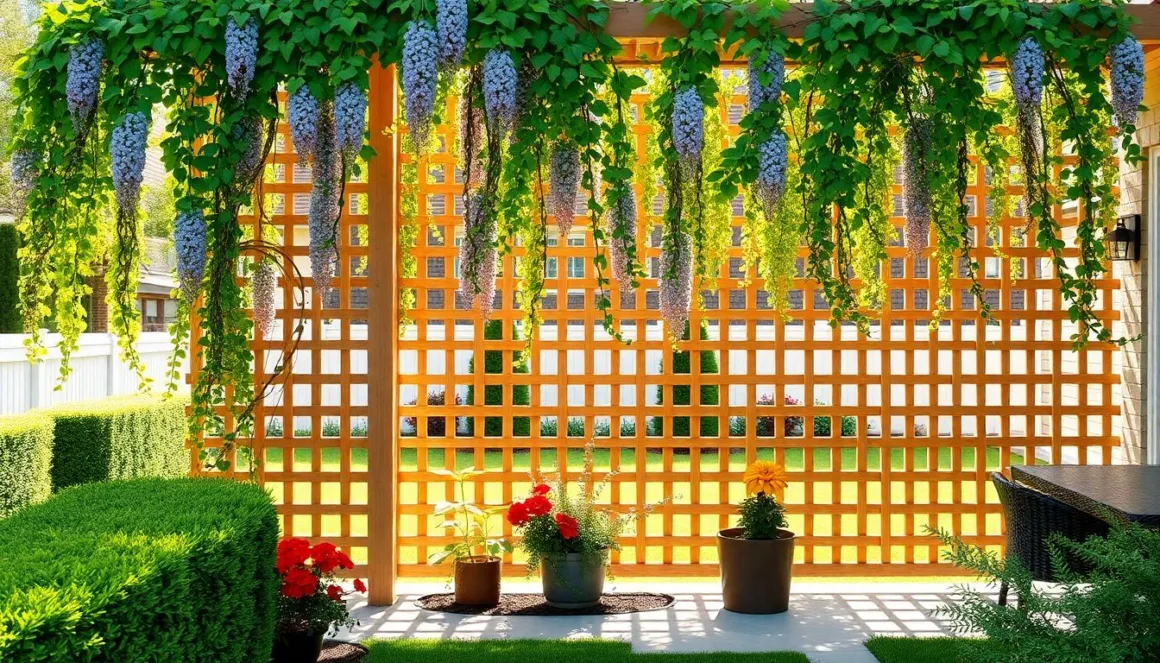

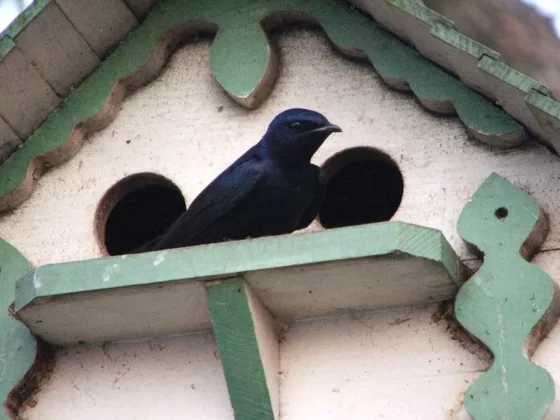
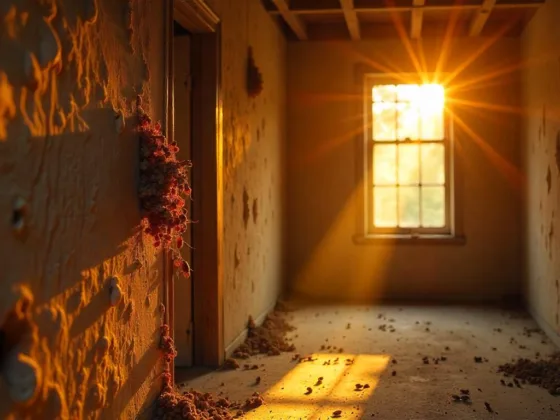
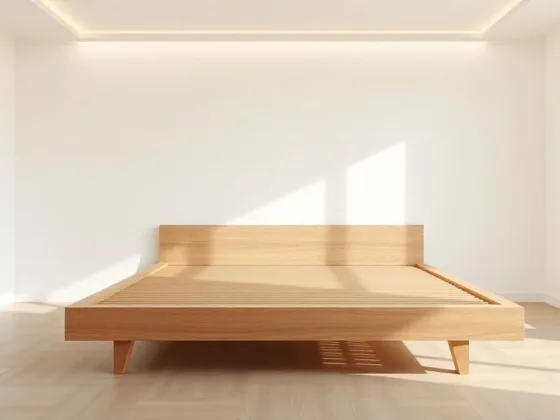
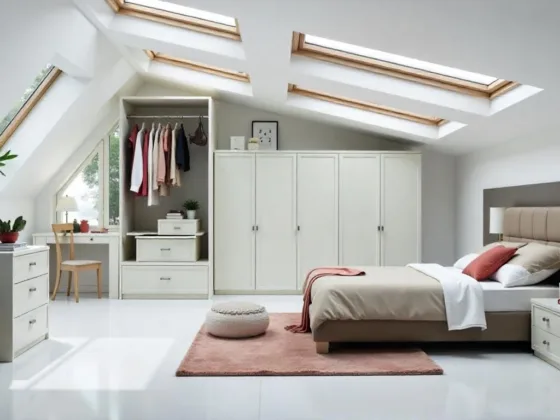

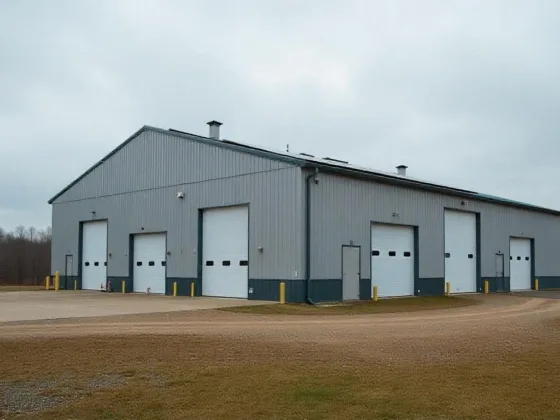

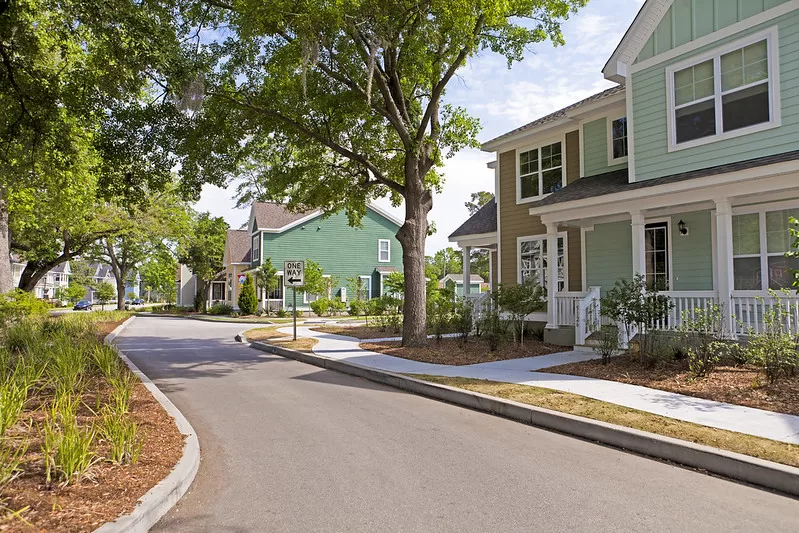
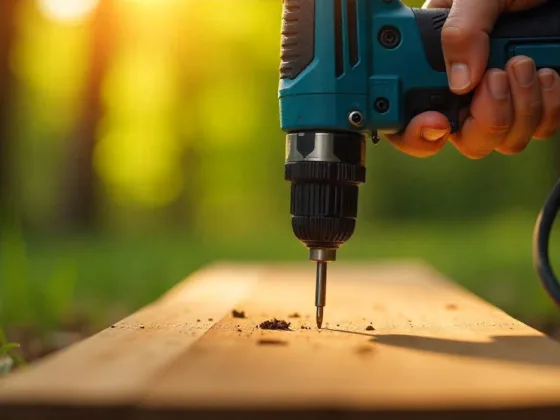
1 comment
Due to the huge amount of sunlight that gets in the house, I decided to install a screen to block it out. It’s nice that it offers privacy while providing light and ventilation at the same time. It’s a good thing that you mentioned that I can get ready-made lattice screening at stores. Hopefully, I can find a reputable supplier online.